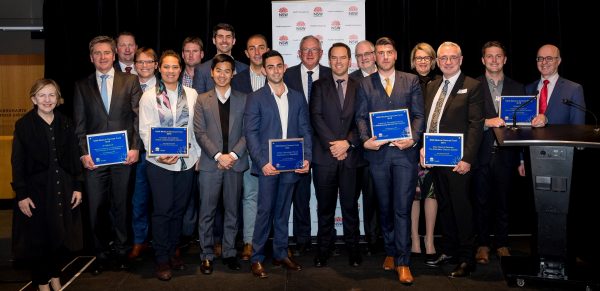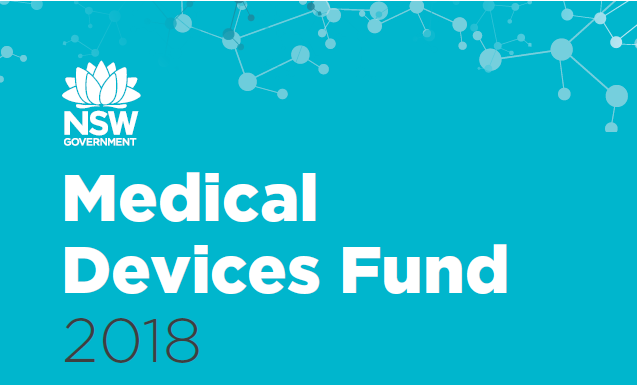$9.85 million to get medical devices to market
An affordable dialysis system and a next-generation condom are among the potentially lifesaving medtech devices together awarded $9.85 million by the NSW Government.

2018 Medical Devices Fund recipients
Minister for Health and Medical Research Brad Hazzard announced the recipients of the 2018 NSW Medical Devices Fund, which invests in the development and commercialisation of medical devices and related technologies.
“Since the Medical Devices Fund began in 2013, the NSW Government has awarded more than $50 million in grants to 31 technologies,” Mr Hazzard said.
“We are committed to supporting innovators in the medtech industry in getting their brilliant ideas off the ground and ultimately saving millions of lives around the world.”
Past Medical Device Fund recipients have now raised more than $456 million in funding, treated more than 180,000 patients and all have quadrupled their staff in the process.
Office for Health and Medical Research Executive Director Dr Antonio Penna said Sydney-based Ellen Medical Devices has received $2.2 million to develop a portable, solar-powered dialysis machine, costing just $1,000 to build and $5 a day to run.
“Dialysis can cost up to $100,000 per patient each year in Australia and up to seven million people die annually in developing countries because it is too expensive,” Dr Penna said.
Among other recipients is Wollongong-based company, Eudaemon Technologies, which has received $1 million to develop a condom made from an innovative material called hydrogel which is non-allergenic.
It is expected the product will enhance sexual experience, making it more popular and therefore potentially save health care agencies millions of dollars worldwide by reducing the incidence of sexually transmitted diseases.
The 2018 Medical Devices Fund recipients are:
- Kico Knee Innovation Company Pty Ltd ($2.5 million): Customised total knee replacement technology platform. The platform has software and hardware components that provide orthopaedic surgeons and patients with dynamic, functional and patient-specific solutions. It is primarily aimed at the Australian and US markets
- Ellen Medical Devices Pty Ltd ($2.2 million): An affordable dialysis system which will provide access to life-saving treatment to millions of kidney patients around the world. Dialysis is a safe and effective treatment for kidney failure, but expensive at $50,000-$100,000 per patient per annum in Australia
- Cenofex Innovations Pty Ltd ($1.5 million): A device to improve treatment of side effects of the incurable chronic and painful disease, Lymphoedema. It is capable of actively moving lymphatic fluid while incorporating a patient’s need for comfort, portability, and ease. The disease can also lead to dangerous infections, restricted movement and depression
- iFix Medical Pty Ltd ($1.15 million): The iFix system can deliver a 3D-printed structure directly onto the eye to seal wounds in the treatment of corneal ulceration, better preventing infection, relieving pain and accelerating healing. The condition is extremely painful and accounts for 55,000 hospital presentations each year in Australia
- Eudaemon Technologies Pty Ltd ($1 million): A next-generation, non-allergenic condom made from hydrogels that act like latex rubber but with enhanced feel and self-lubrication and without odours or tastes. Although condoms can prevent both pregnancy and STIs they are often avoided due to the stigma of reduced sensation
- Trimph Technology Pty Ltd ($1 million): TrimphDent, a ready-to-use, injectable scaffold that is applied immediately after tooth extraction and has been shown to preserve the socket. Tooth extraction is an inherently traumatic procedure that damages the underlying tissue and leads to inevitable jaw bone shrinkage
- Indee Pty Ltd ($500,000): This inexpensive mechanical process to make gene-modified cells will solve the development and manufacturing issues associated with current gene therapies and ensure greater access to treatment. The impact of gene-modified cell therapies will be similar to that of antibiotics seen during the last century. In the near term, their therapies will provide cures for most cancers.


For more information visit the Medical Devices Fund page.
Updated 7 years ago